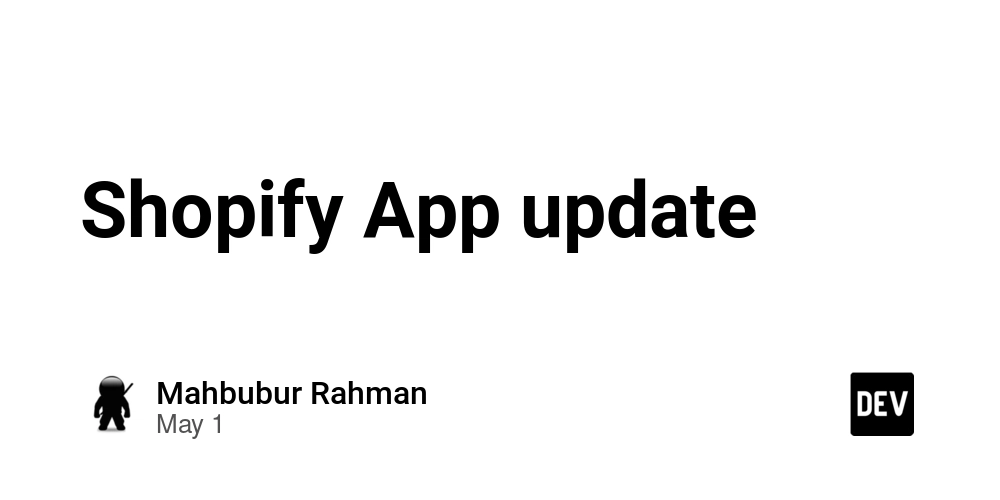Managing Cybersecurity Fatigue – CISO Resource Toolkit
Managing cybersecurity fatigue has become a crucial priority for Chief Information Security Officers (CISOs) and their teams, as they navigate relentless cyberattacks, complex regulatory demands, and the psychological strain of constant high-stakes decision-making. Studies indicate that 84% of security professionals experience burnout, with 90% of CISOs citing team exhaustion as a top concern. This fatigue […] The post Managing Cybersecurity Fatigue – CISO Resource Toolkit appeared first on Cyber Security News.

Managing cybersecurity fatigue has become a crucial priority for Chief Information Security Officers (CISOs) and their teams, as they navigate relentless cyberattacks, complex regulatory demands, and the psychological strain of constant high-stakes decision-making.
Studies indicate that 84% of security professionals experience burnout, with 90% of CISOs citing team exhaustion as a top concern.
This fatigue erodes productivity, increases breach risks, and fuels talent attrition, costing enterprises an estimated $626 million annually in indirect losses.
Addressing this crisis requires rethinking traditional approaches to security operations, tooling, and team wellbeing.
By combining strategic process improvements, technological innovation, and human-centric leadership practices, CISOs can mitigate fatigue while strengthening organizational resilience against evolving threats.
The Hidden Costs of Cybersecurity Burnout
Cybersecurity burnout extends beyond individual stress to create systemic vulnerabilities. Overwhelmed teams often develop “alert fatigue,” becoming desensitized to security notifications and missing critical threats.
A 2024 survey found that 41% of analysts ignore low-priority alerts, while 23% delay investigating warnings due to workload. This cognitive overload leads to procedural shortcuts-28% of professionals admit bypassing protocols under pressure.
The financial repercussions are severe: organizations with fatigued teams experience 35% longer breach containment times and 50% higher remediation costs.
Talent retention suffers equally, with 8% of cybersecurity staff actively seeking career changes. For CISOs, these trends demand urgent action to prevent operational breakdowns and maintain defense postures.
Strategic Approaches to Combat Security Fatigue
1. Consolidate security tools
The average enterprise uses 45 cybersecurity tools, creating integration chaos and alert overload. CISOs should eliminate redundant systems and adopt unified platforms that centralize threat detection, response, and reporting. Reducing tool sprawl cuts alert volumes by 30% while improving visibility.
2. Automate repetitive tasks
Deploy AI-driven automation for log analysis, patch management, and phishing detection. Automated workflows handle 60-70% of routine alerts, freeing teams to focus on strategic threats.
3. Normalize mental health support
Implement mandatory stress-management training and provide confidential counseling services. Companies with wellbeing programs report 40% lower turnover in security roles.
4. Streamline compliance workflows
Replace manual audits with continuous compliance platforms. Automated policy enforcement reduces documentation burdens by 50% and prevents “checkbox fatigue.”
5. Rotate on-call schedules
Enforce strict shift rotations to prevent 24/7 availability expectations. Teams with structured downtime show 25% faster incident response rates.
Building Sustainable Cybersecurity Resilience
Sustainable cybersecurity requires balancing human needs with technical demands. CISOs must advocate for realistic workloads, emphasizing quality threat prevention over perpetual reaction cycles.
This involves securing executive buy-in for long-term staffing plans-research shows teams handling fewer than 10,000 endpoints per analyst maintain 80% higher alert accuracy.
Building cross-functional partnerships with HR and operations ensures security integrates seamlessly into business processes rather than being viewed as a disruptive afterthought.
Critical to this effort is redefining success metrics. Instead of measuring team performance by alert volumes or patch speeds, focus on outcomes like reduced breach impact and improved employee retention.
CISOs should also champion “security sabbaticals”-structured breaks where senior staff mentor junior team members while temporarily stepping back from frontline duties.
- Adopt resilience-focused training
Shift from crisis-response drills to scenarios teaching stress management during prolonged incidents. Teams trained in resilience techniques make 30% fewer errors during multi-day breaches. - Implement AI co-pilots
Augment (don’t replace) analysts with AI assistants that prioritize alerts and draft incident reports. This reduces cognitive load while preserving human oversight.
By treating fatigue as a strategic risk rather than an HR issue, CISOs can transform overwhelmed teams into adaptive, future-ready defenders.
The path forward lies in merging empathetic leadership with intelligent automation-a balance that sustains both people and security postures in an era of endless cyber warfare.
Find this News Interesting! Follow us on Google News, LinkedIn, & X to Get Instant Updates!
The post Managing Cybersecurity Fatigue – CISO Resource Toolkit appeared first on Cyber Security News.










































































